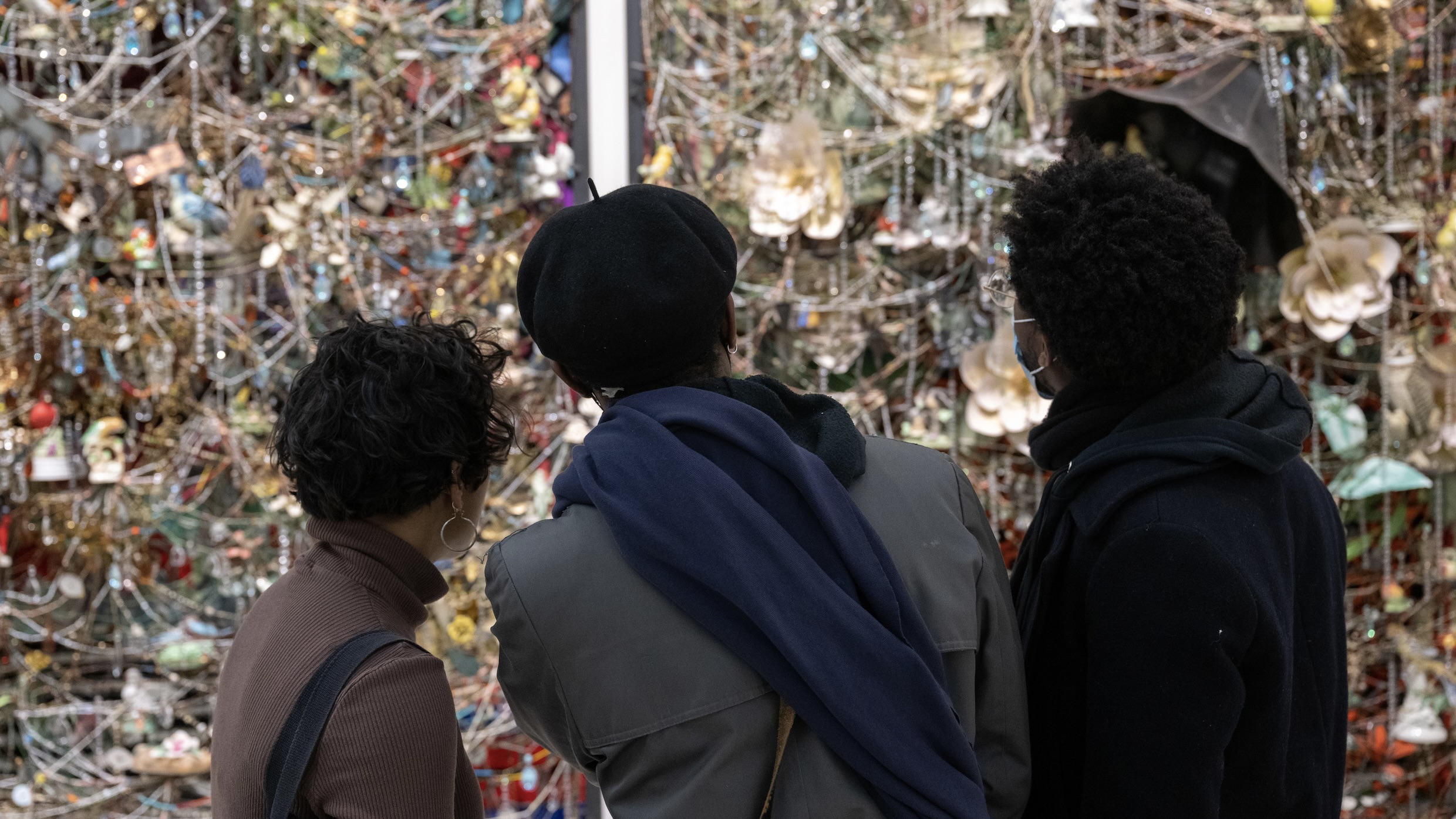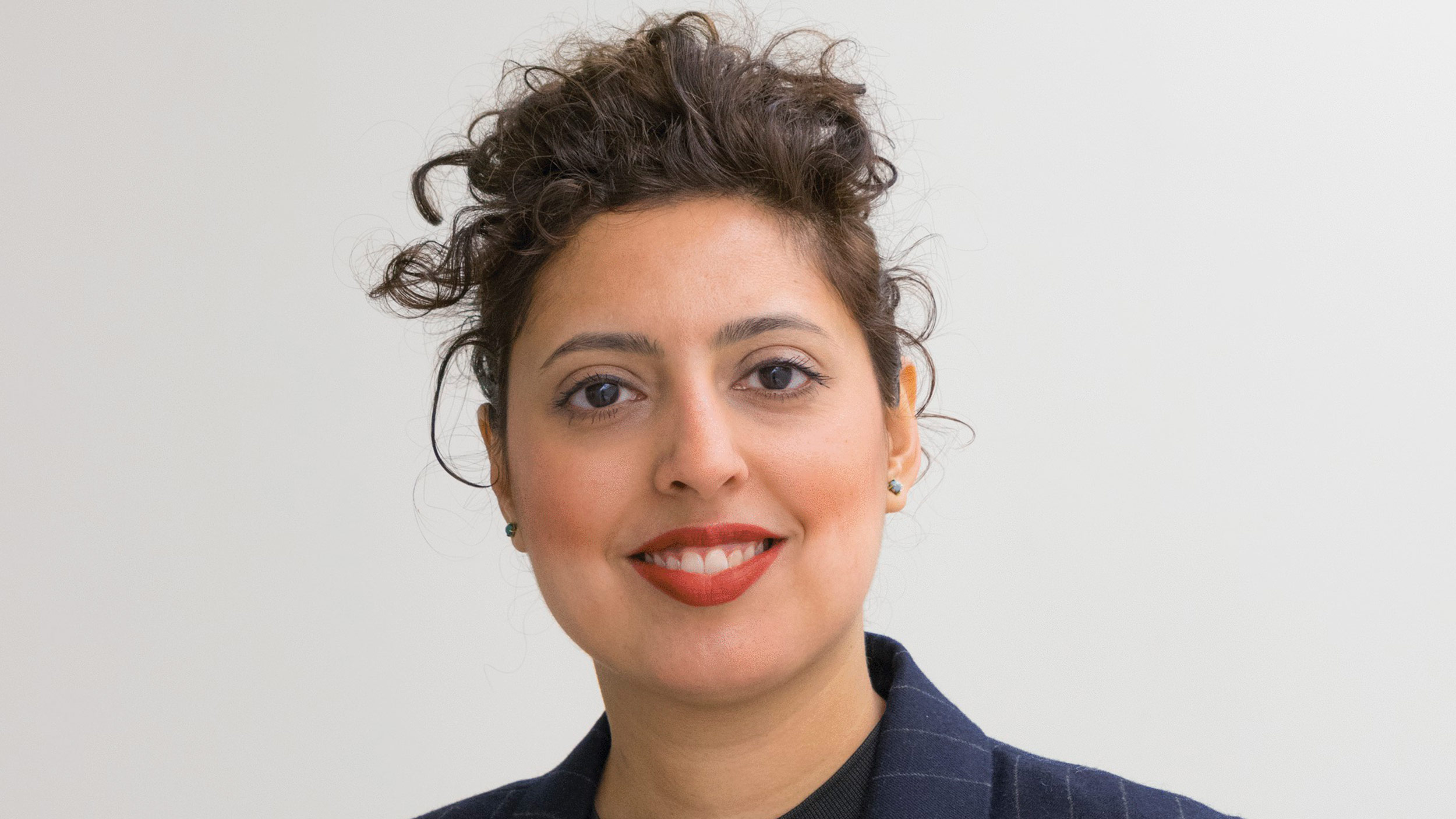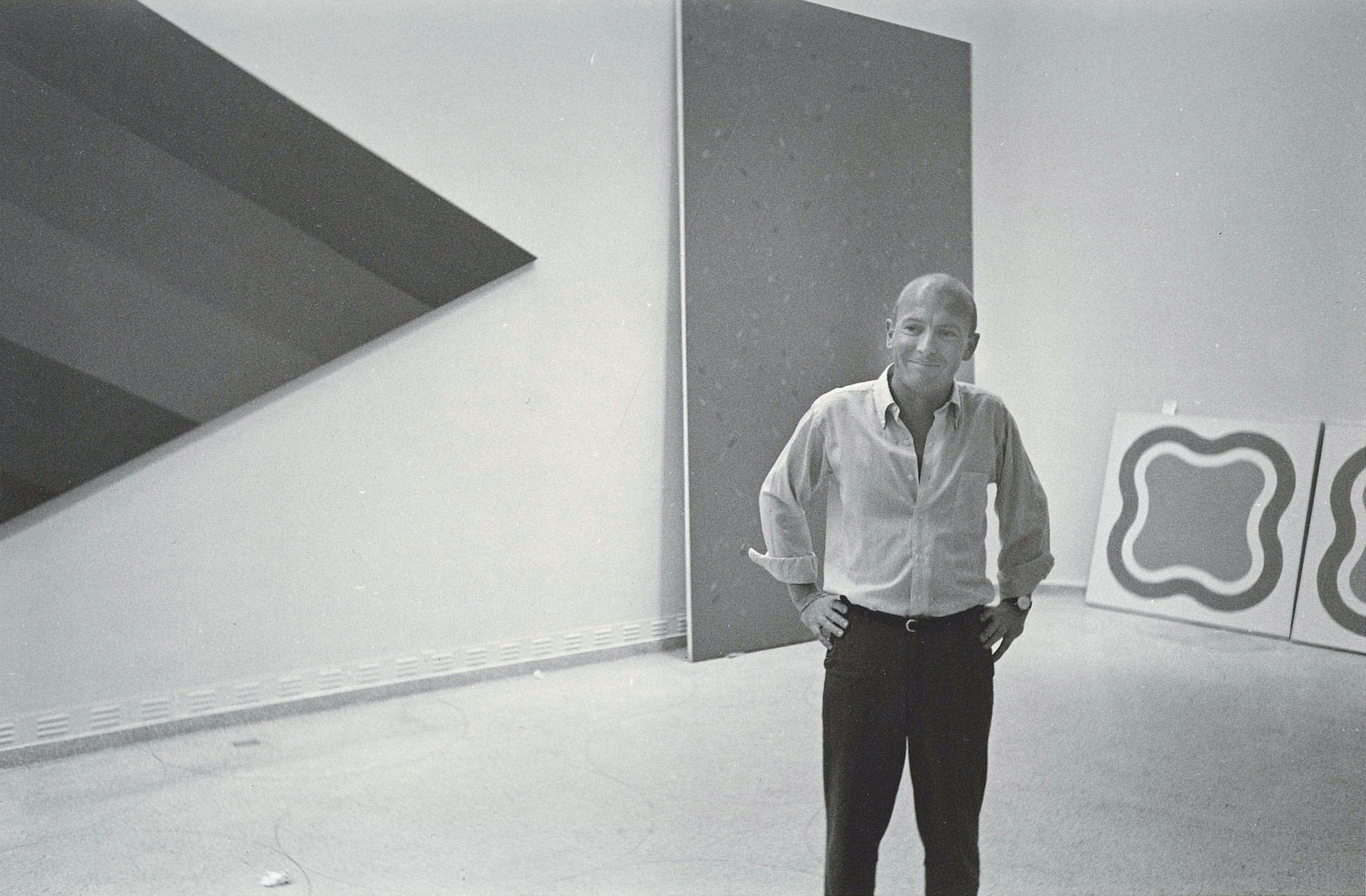Sometimes, the worlds of high art and popular entertainment bump into each other in ways you might not expect. It's almost like two different streams of thought, one focused on quiet contemplation and the other on broad appeal, suddenly find a shared space. This particular story, in a way, brings together the serious atmosphere of a famous art museum and the flashy, sun-soaked scenes of a well-known television show from the 1980s.
The core of this conversation revolves around the surprising connections that can pop up between a place like the Guggenheim Museum, a real landmark for modern art, and the very distinct feel of a show such as "Miami Vice." You know, that series that really made its mark with bright colors, stylish clothes, and a kind of cool vibe. It's a bit of a curious mix, to be honest, thinking about how the clean lines of a museum gallery might relate to the fast-paced action of a TV drama.
This article will explore some of these interesting links, looking at how a curator from the Guggenheim found herself at the center of a discussion that pulled in elements of pop culture, social media, and the very idea of what art means today. We will, of course, touch on the person at the heart of it all and how these different threads came together, or perhaps, clashed, in a very public way.
Table of Contents
- Who is Chaédria Labouvier?
- The Unforeseen Clash - Guggenheim Curator Miami Vice and Social Media
- What Happened with #ViceGate?
- The Ripple Effect - Guggenheim Curator Miami Vice and Public Discourse
- How Does Miami Vice Connect to High Art?
- Exploring the Visual Impact - Guggenheim Curator Miami Vice's Aesthetic Ties
- What Does This Mean for Museums Today?
- Looking Ahead - Guggenheim Curator Miami Vice's Legacy
Who is Chaédria Labouvier?
Chaédria Labouvier is an American curator and writer who has, you know, been a part of some important moments in the art world. She gained attention for her work at the Guggenheim Museum, where she made history. She was the first Black curator to work there, and also the first Black woman to put together an exhibition for the Guggenheim. Beyond that, she was the first Black person to author a catalog for the museum, which is a pretty big deal. Her time at the Guggenheim was, in some respects, marked by both these significant achievements and also by public discussion.
Her role as a curator means she helps shape what people see and how they think about art in a museum setting. This involves choosing pieces, putting them together in a way that tells a story, and writing about them. It's a job that often involves a lot of thought about how art connects with the wider world, which, as we will see, became a very real part of her public story. So, she is a person whose work sits at the intersection of artistic display and cultural conversation.
Personal Details and Bio Data
| Name | Chaédria Labouvier |
| Occupation | Curator, Writer |
| Notable Role | First Black Curator at the Guggenheim Museum |
| Key Achievements | First Black woman to curate a Guggenheim exhibition, first Black author of a Guggenheim catalog |
The Unforeseen Clash - Guggenheim Curator Miami Vice and Social Media
The story around Chaédria Labouvier and "Miami Vice" really picked up speed on social media, specifically on a platform called X, which used to be known as Twitter. It started when she, you know, expressed some strong opinions about someone's liking for "Miami Vice." This led to a situation that people began calling "#ViceGate." It was a moment where a personal opinion, shared online, seemed to spiral into a much bigger public issue, which is, honestly, something that happens quite often on these platforms.
What made this particular instance stand out was the idea that a respected figure from the art world, a Guggenheim curator, was getting involved in what some saw as a very public disagreement over something as seemingly light as a TV show. It brought up questions about what people say online, especially those in public-facing roles, and how those words can be taken. The connection between a Guggenheim curator and "Miami Vice" was, in a way, already a bit unexpected, and this online interaction just made it even more so.
What Happened with #ViceGate?
The core of "#ViceGate" was an accusation that Chaédria Labouvier tried to find and share personal information about individuals, specifically "straight white men," because of their appreciation for "Miami Vice." This action, often referred to as "doxxing," caused a lot of upset and discussion online. It's a serious claim, and it quickly drew a lot of attention, with people taking sides and debating the appropriateness of such actions, especially from someone with a public profile. The whole thing, you know, became a very heated topic.
Following these events, there were claims of racism against the curator, which led to her leaving her position. However, it's important to know that an investigation into these allegations later found them to be unfounded. This detail, in a way, adds another layer to the story, showing how quickly public opinion can form and how complex these situations can become. The situation, basically, highlighted the difficulties of online interactions and the swift judgments that can sometimes follow.
The Ripple Effect - Guggenheim Curator Miami Vice and Public Discourse
Once the controversy about the Guggenheim curator and "Miami Vice" really started to get people talking, an older article from The Atlantic, dating back to 2022, began circulating again. This piece had discussed Labouvier's time at the Guggenheim, where she had, as a matter of fact, put together an exhibition. The re-sharing of this article shows how past events can resurface and become part of current discussions, especially when a person is in the public eye. It's almost like everything you've done can be brought back into the conversation.
The situation also made people ask what the outcome of her departure from the museum actually accomplished. It raised questions about accountability, public pressure, and the impact of online controversies on people's careers. The entire episode, you know, became a case study in how social media can influence public perception and professional standing, particularly for someone connected to a major cultural institution like the Guggenheim. It really showed how quickly things can change.
How Does Miami Vice Connect to High Art?
"Miami Vice," as a television series from the 1980s, did more than just entertain; it really left its mark on popular culture. It had a very bold visual style, with bright colors, sleek designs, and a certain kind of mood that was, in some respects, quite distinctive. This show, you know, actually influenced art and design in ways that people might not immediately think about. It brought a certain aesthetic into homes and became a part of the visual language of its time, which can, very much, be seen as a form of cultural expression.
The idea of a Guggenheim curator considering the aesthetics of "Miami Vice" might seem a bit odd at first glance. The Guggenheim is known for its abstract and contemporary art, with clean lines and often very serious themes. But if you think about it, the show's visual choices – its use of light, color, and composition – can be looked at through an artistic lens. It's a bit like standing in front of a painting with strong shapes and calculated angles at the Guggenheim, and seeing how a show, in its own way, also uses visual elements to create a feeling or tell a story. This article, in fact, explores these surprising, and perhaps even provocative, connections.
Exploring the Visual Impact - Guggenheim Curator Miami Vice's Aesthetic Ties
The connection between "Miami Vice" and the curatorial direction at the Guggenheim is, you know, a fascinating point of discussion. The show's distinctive visual flair, its commentary on culture, and its ability to capture a specific moment in time make it, arguably, a good subject for artistic exploration. It's a bit like how a curator might look at any piece of cultural output and consider its underlying messages and visual choices. The series, with its very strong visual identity, provides a rich background for thinking about how popular media can influence artists and even exhibitions.
The "My text" even states that "the guggenheim curator miami vice was a unique and groundbreaking collaboration between the solomon r,Guggenheim museum and the miami vice television series." This suggests a way of thinking where the sensibilities of a curator and the aesthetics of a popular show can come together in a new way. It's a captivating mix of what some might call "high art" and what is definitely popular entertainment. This kind of blending, basically, opens up new avenues for understanding how art is made and how it connects with the world around us.
The Solomon R. Guggenheim Museum itself, you know, offers a very fitting backdrop for such discussions. Its famous building, designed by Frank Lloyd Wright, is a work of art in its own right. The museum's spiral ramp and open central space challenge traditional ideas of how art should be displayed and experienced. This very structure, in a way, encourages visitors to look at things differently, which aligns with the idea of finding artistic merit in unexpected places, like a 1980s television show. The museum's history, going back to the 1920s, shows a continuous effort to push boundaries in the art world, making it a natural home for exploring unconventional connections.
Solomon Guggenheim's own interest in abstract and contemporary art came to him later in life, and this passion led him to establish the museum that now bears his name. This background, you know, suggests a willingness to embrace new forms and ideas, even if they are not immediately obvious. This spirit of openness is, arguably, what allows for a conversation about how a show like "Miami Vice" could have an impact on the curatorial choices of a place like the Guggenheim. It's about seeing art not just in paintings on a wall, but also in the broader cultural landscape.
What Does This Mean for Museums Today?
The story of the Guggenheim curator and "Miami Vice" brings up some interesting points for museums and art institutions in our current time. It shows how much public conversation, especially on social media, can affect even the most established places. Museums are, you know, trying to connect with a wider audience, and sometimes that means stepping into unexpected areas or dealing with public reactions that can be quite strong. This situation highlights the fine line between engaging with popular culture and managing the often-unpredictable nature of online discussions. It's a very real challenge for these institutions.
Furthermore, it makes us think about the role of a curator. Is their job only to present traditional art, or should they also explore how popular culture influences our visual world and artistic expression? The idea that "Miami Vice" could be a "perfect canvas for exploring the guggenheim curator's impact" suggests a broader view of what art can be. It encourages a discussion about whether museums should be more open to looking at the artistic elements within television, film, and other forms of media that might not fit the usual mold. This kind of thinking, basically, helps keep art relevant to everyday life.
Visiting the Guggenheim itself is, you know, an experience that encourages a different way of seeing. You can buy tickets online or at the museum, and there are often discounts available. The museum is even open until 8 PM on Thursdays in June and July for "Summer Nights at Guggenheim New York," which is a nice way to see the art in a different light. These efforts to make the museum more accessible and appealing to various people show that institutions are, in fact, always looking for ways to connect. You can find answers to common questions about visiting the museum on their website, which is pretty helpful.
The Guggenheim also has collections that go beyond what you might expect, like works by Claude Monet, which you can explore online. This shows the museum's broad scope and its willingness to present a wide range of artistic styles and periods. The museum's overall goal is to offer a rich experience, whether it's through free admission to exhibitions for members, or savings at their store and restaurants. All these things, in a way, contribute to making art more approachable and less intimidating for everyone who walks through its doors.
Looking Ahead - Guggenheim Curator Miami Vice's Legacy
The whole situation with the Guggenheim curator and "Miami Vice" will, you know, likely be remembered as a moment that brought several important topics to the surface. It showed the ongoing tension between traditional art spaces and the fast-moving world of popular culture and social media. It also highlighted the personal experiences of individuals working within these institutions and how public scrutiny can play out. The discussion around Chaédria Labouvier's achievements as the first Black curator to lead an exhibition at the Guggenheim, alongside the controversy, paints a very complex picture.
Looking ahead, this event might just encourage more conversations about what museums collect, what they display, and how they interact with the public. It could, arguably, push institutions to think more deeply about the boundaries of art and how they engage with contemporary issues, even those that start on social media. The story of the Guggenheim curator and "Miami Vice" is, in a way, a reminder that art and culture are always changing, always adapting, and always sparking new discussions, sometimes in the most unexpected places. It's a pretty good example of how art, in its broadest sense, continues to be a part of our everyday lives.



Author Details:
- Name : Raoul Murphy
- Username : tavares07
- Email : leopold.wolff@yahoo.com
- Birthdate : 1988-02-04
- Address : 99044 Manuel Hollow Durganfort, IL 79707
- Phone : 1-863-523-1381
- Company : Farrell, Roberts and Beer
- Job : Plumber
- Bio : Expedita quia fugit exercitationem inventore molestias quaerat. Vel vel quis quis et corporis id quia minima. Iure qui non non quia eum quaerat animi eum.
Social Media
Facebook:
- url : https://facebook.com/ashly.schmidt
- username : ashly.schmidt
- bio : Architecto eos doloremque sed voluptatibus.
- followers : 1329
- following : 988
Tiktok:
- url : https://tiktok.com/@schmidta
- username : schmidta
- bio : Consectetur harum adipisci nobis sit. Itaque nobis voluptate natus nisi.
- followers : 3789
- following : 2240
Linkedin:
- url : https://linkedin.com/in/ashly_dev
- username : ashly_dev
- bio : Id fuga quia totam labore culpa quibusdam.
- followers : 2932
- following : 1297
